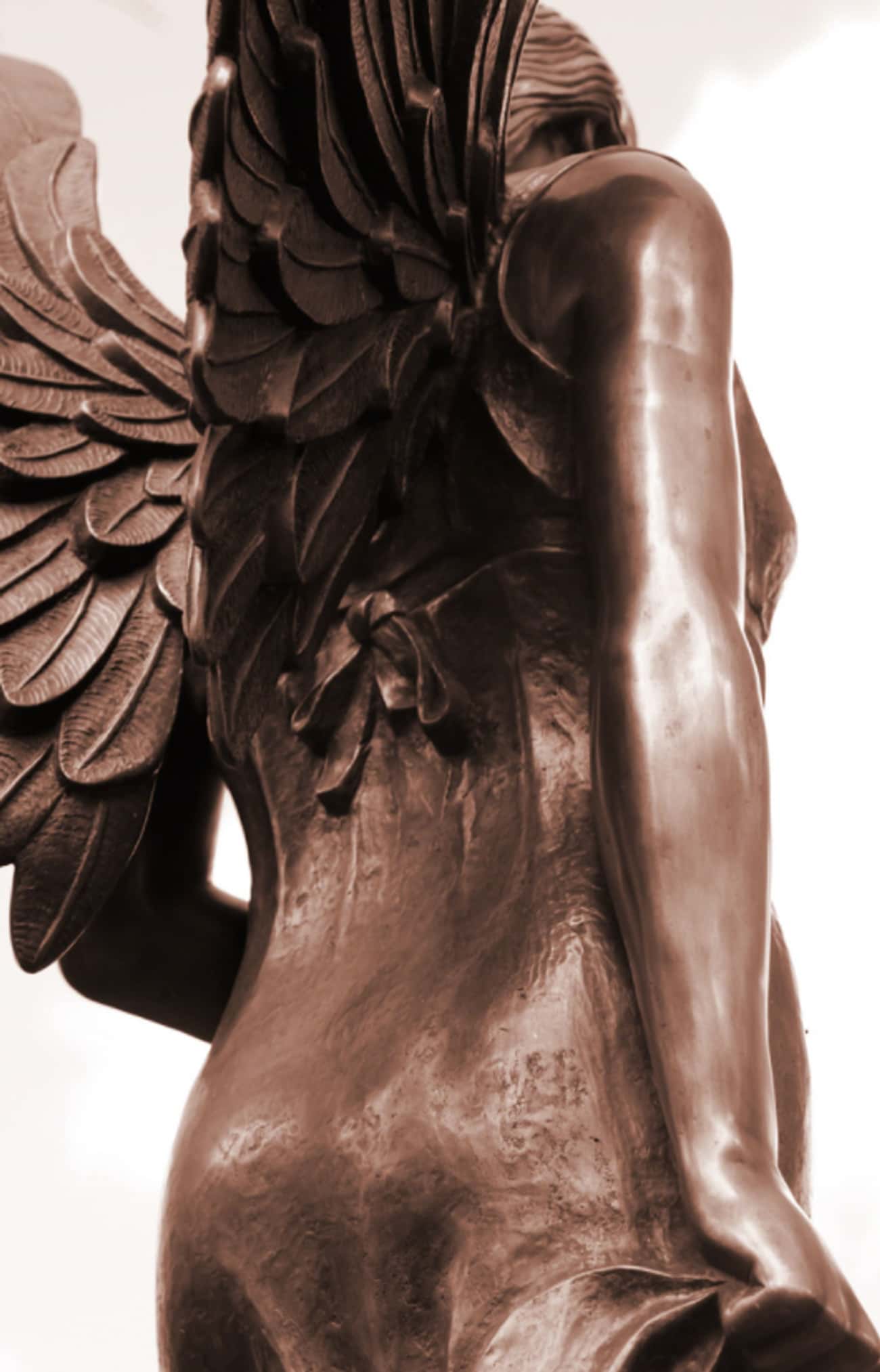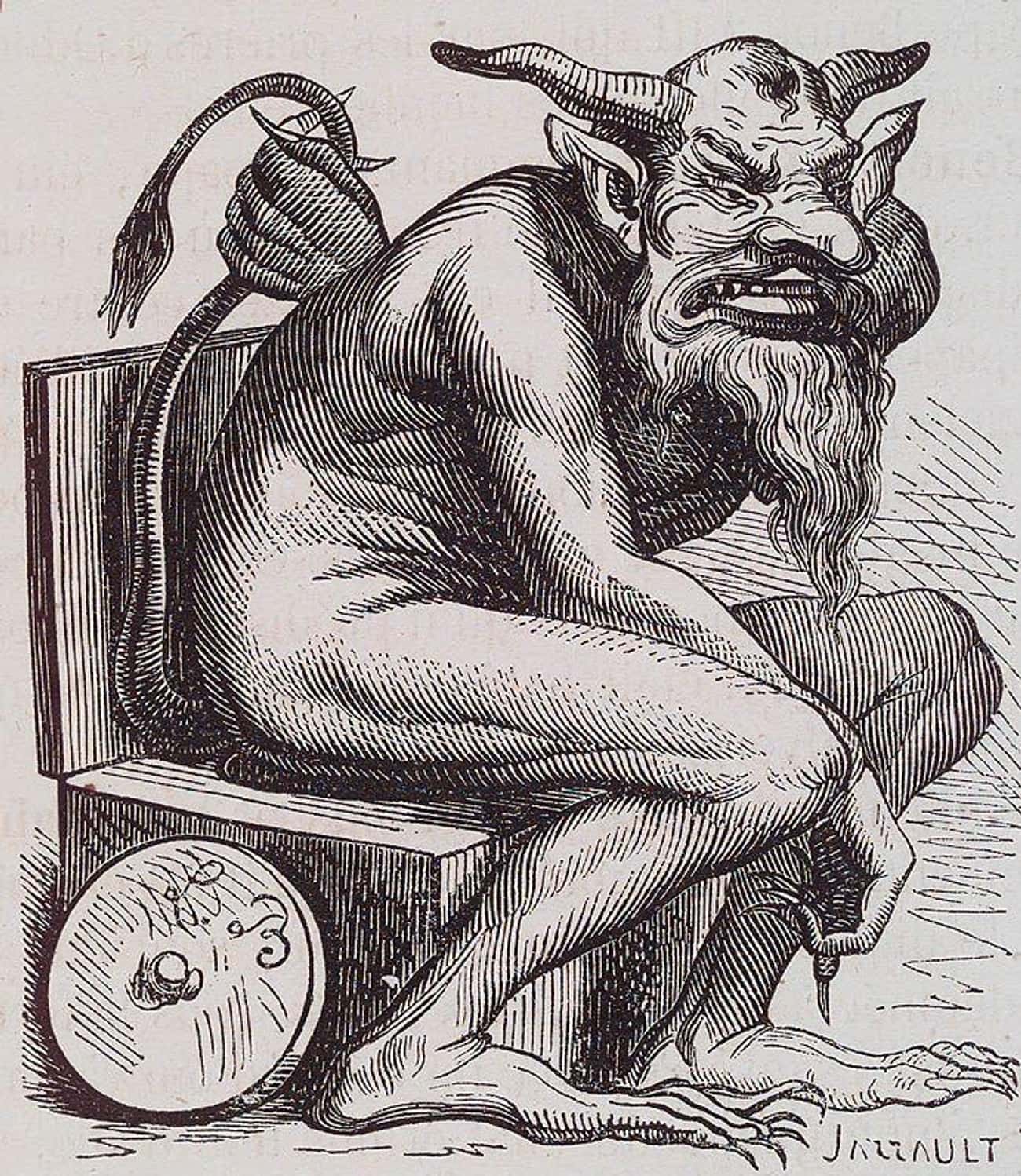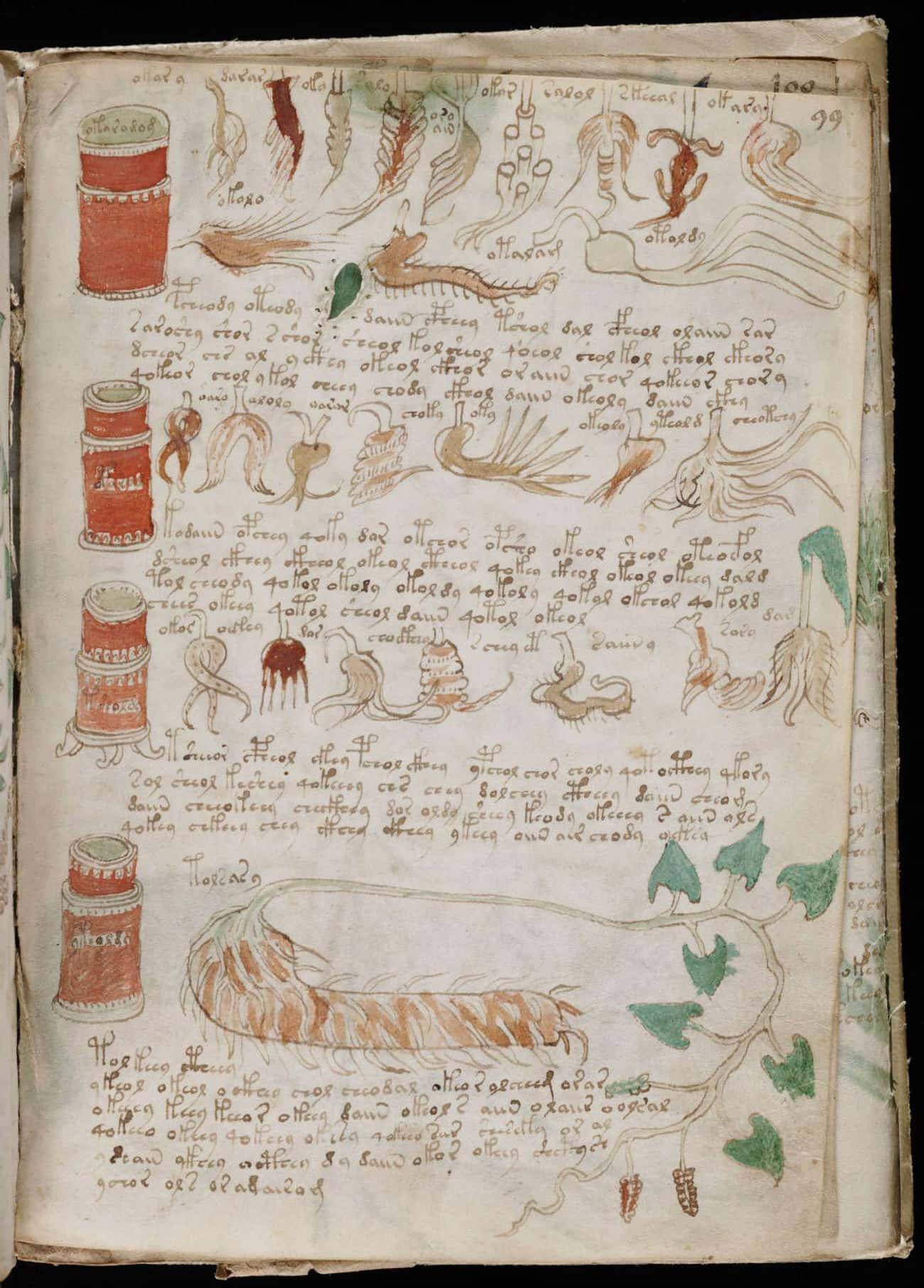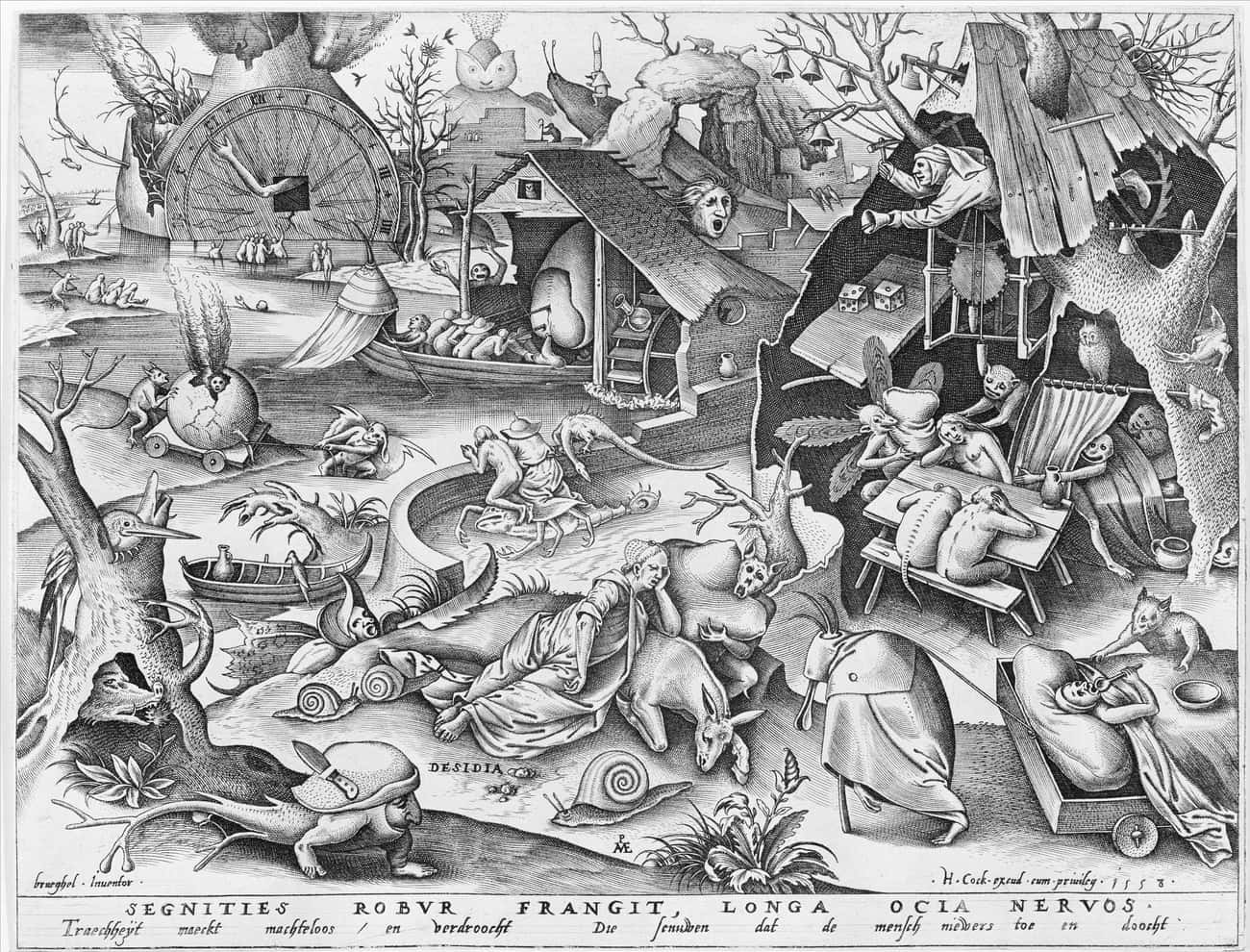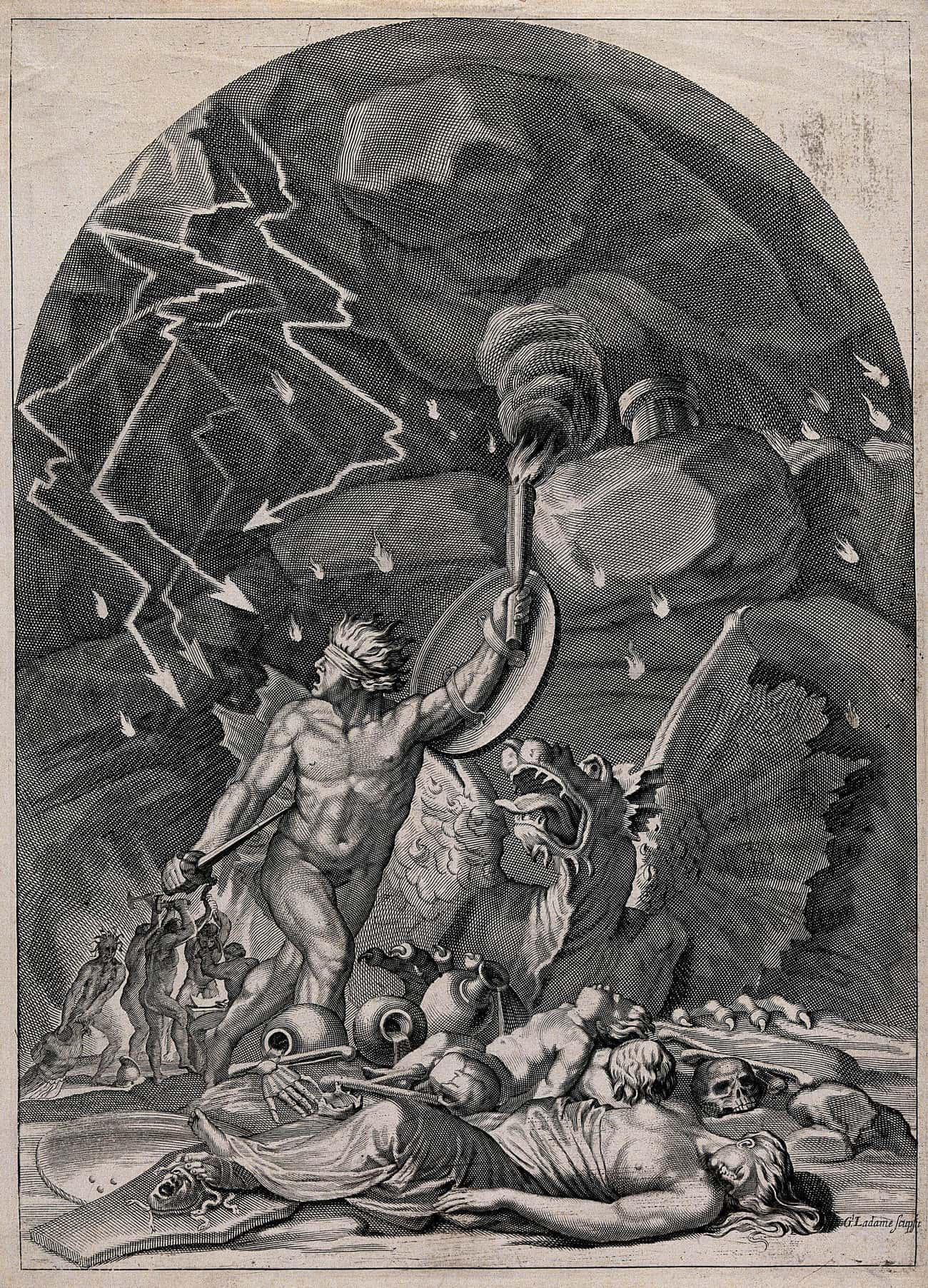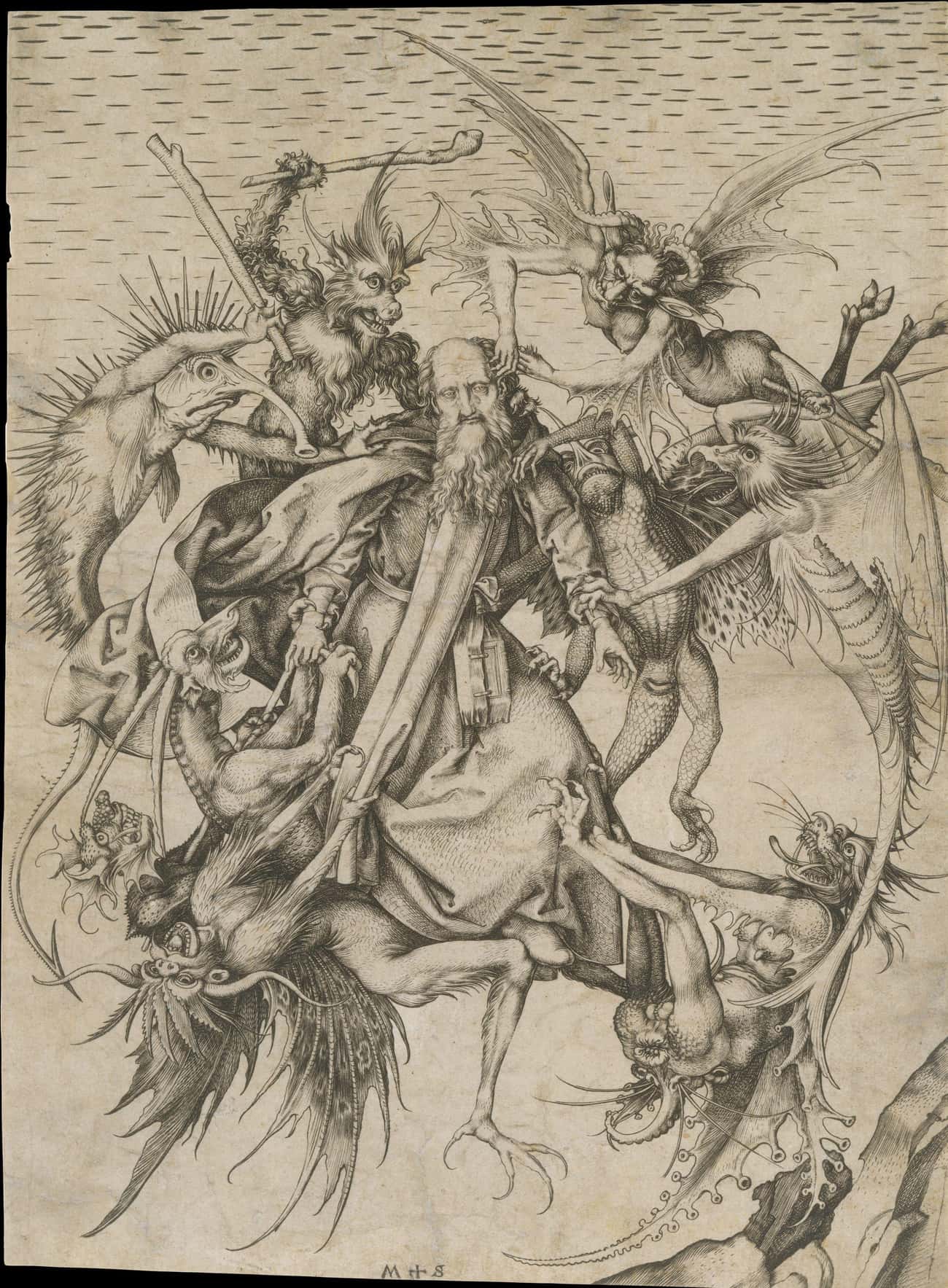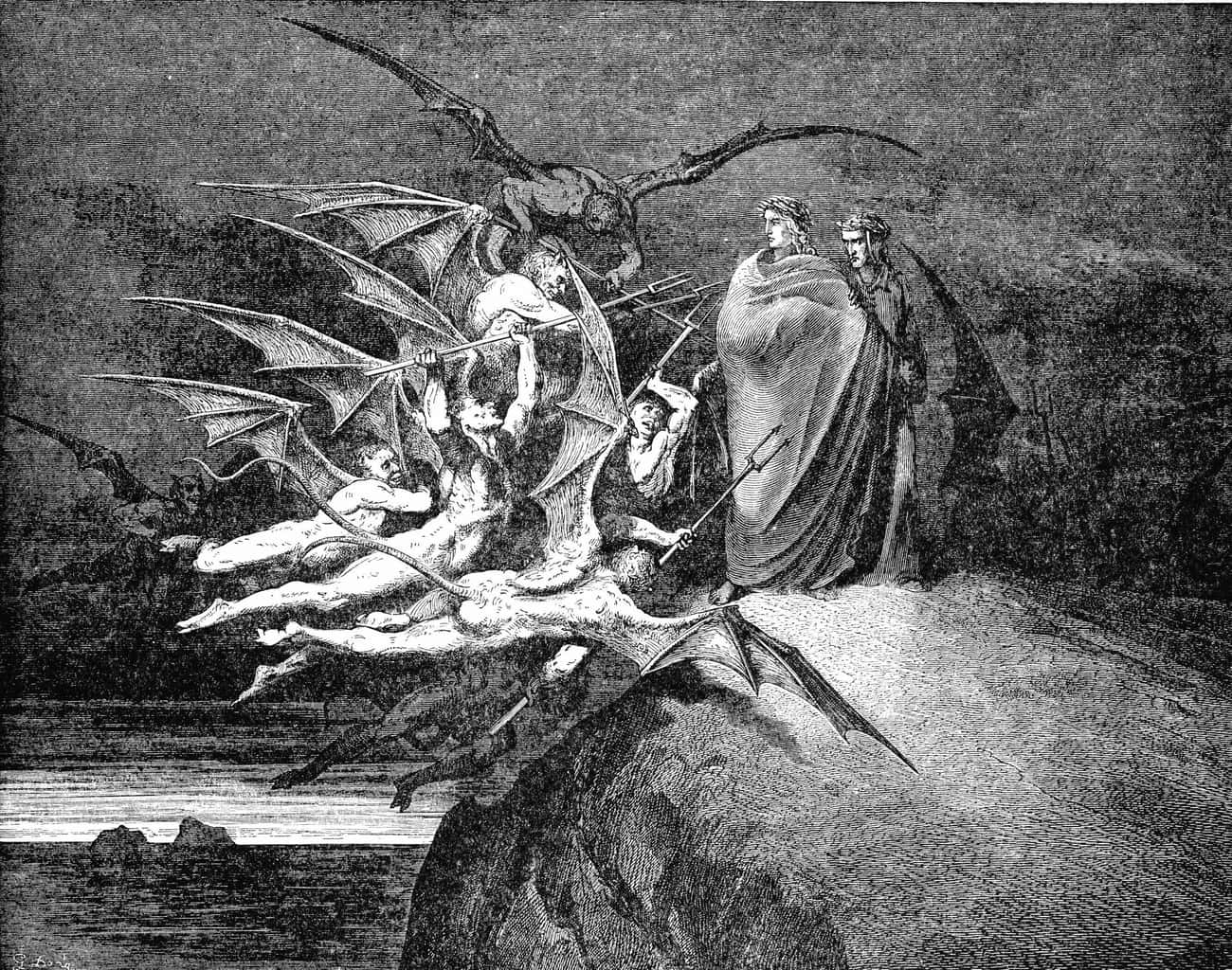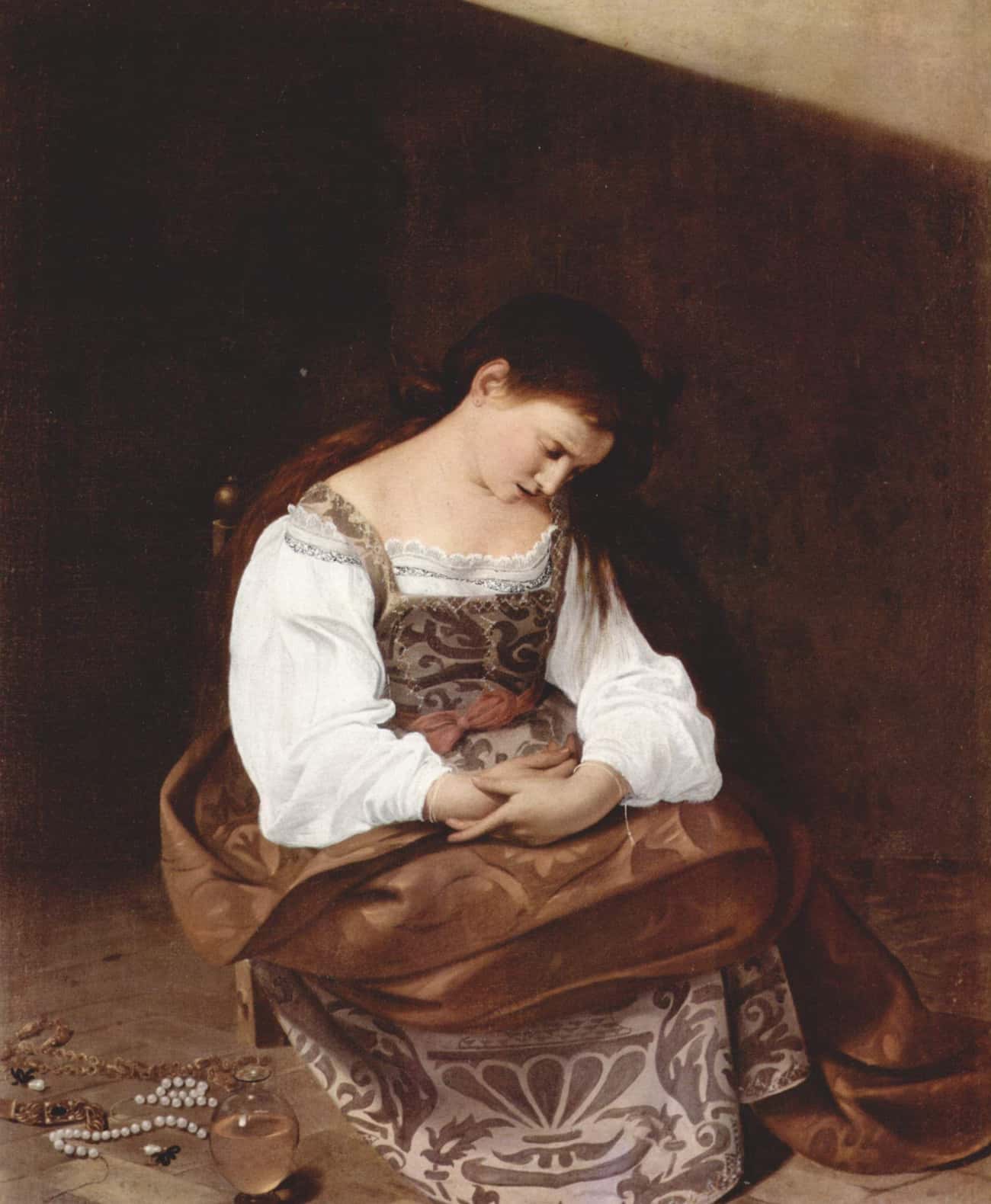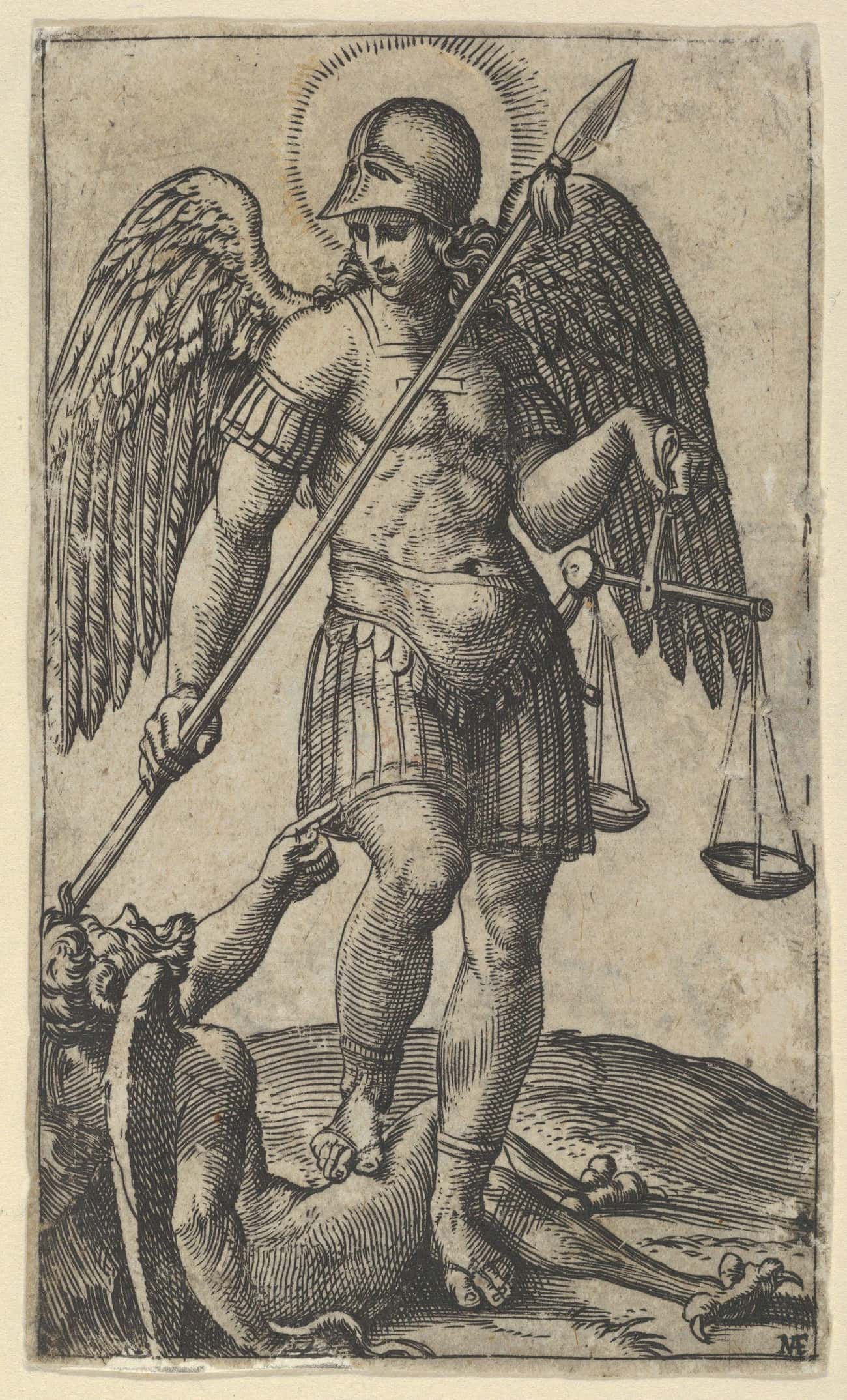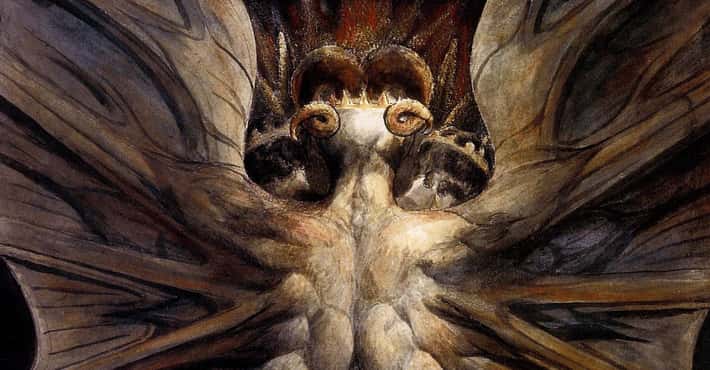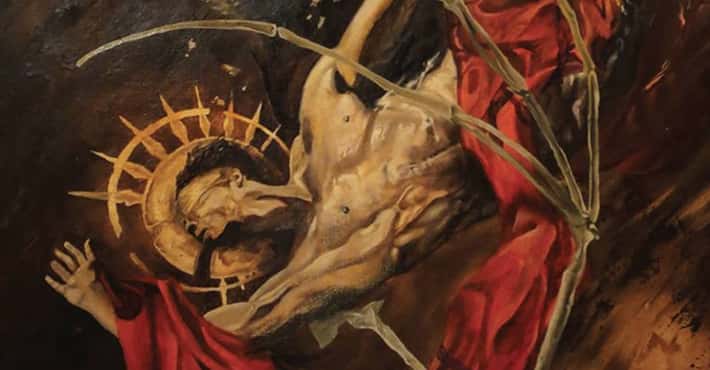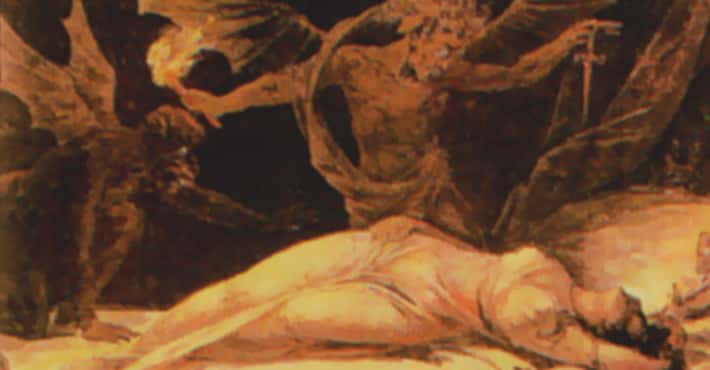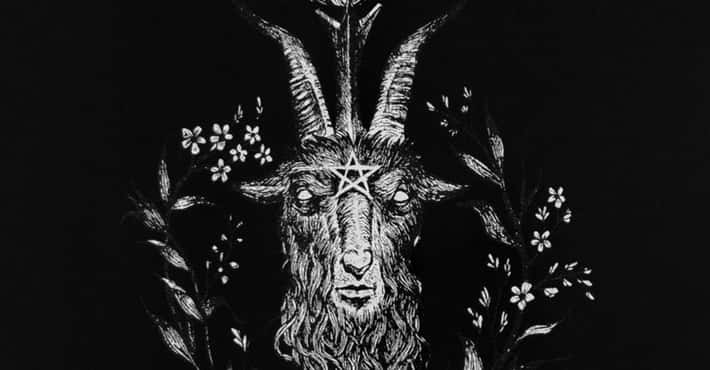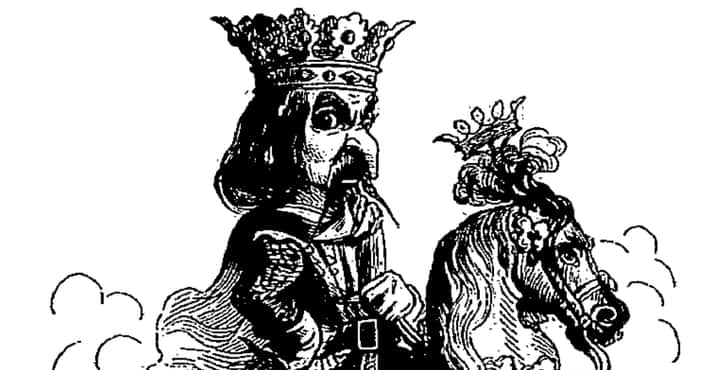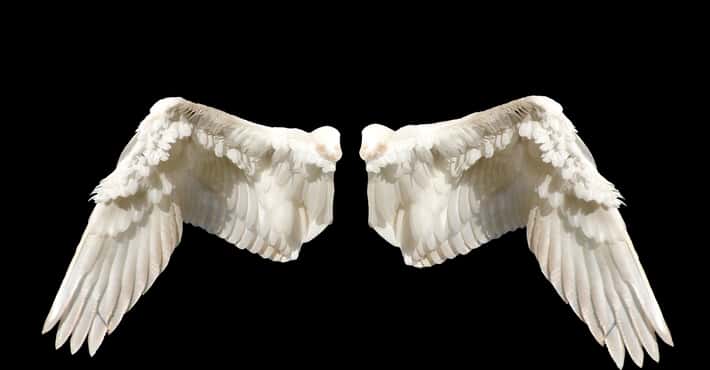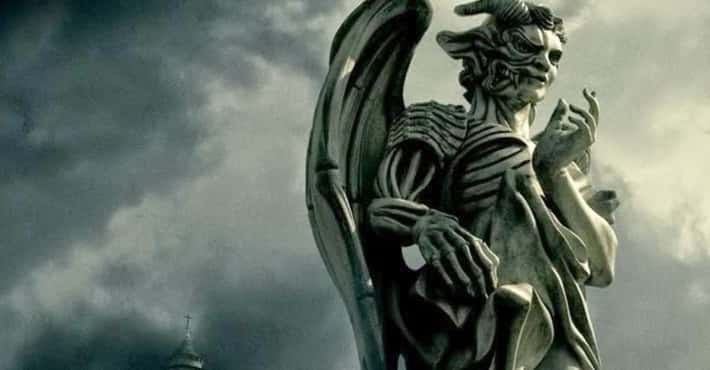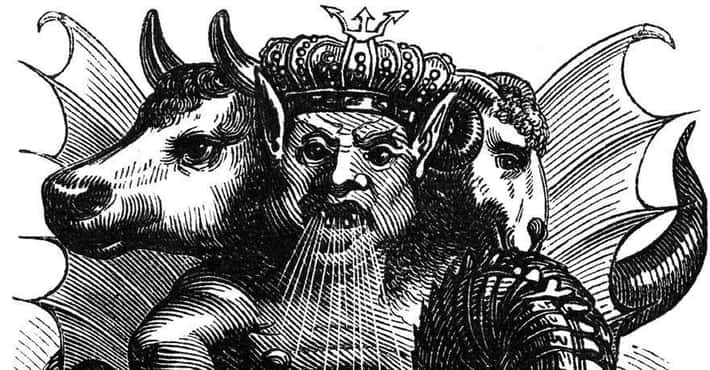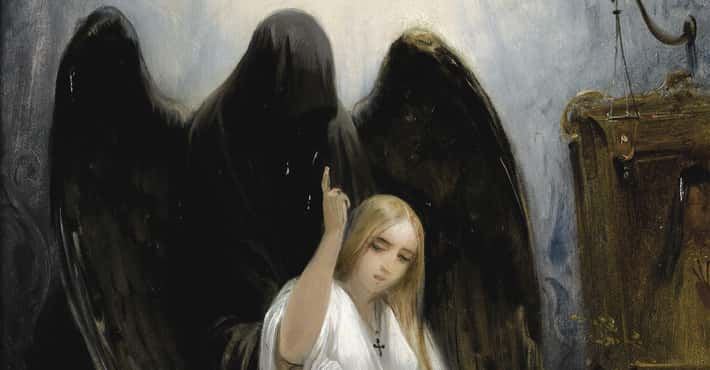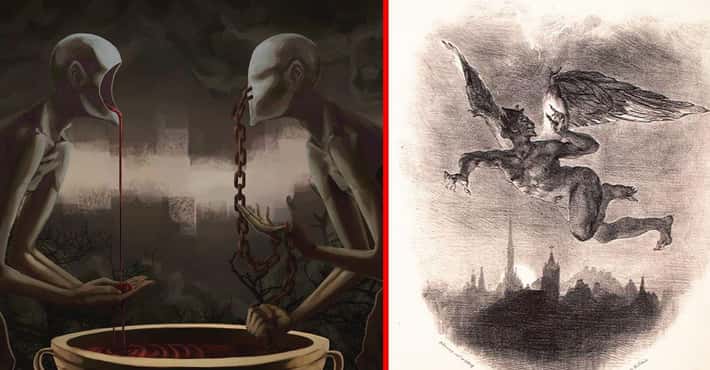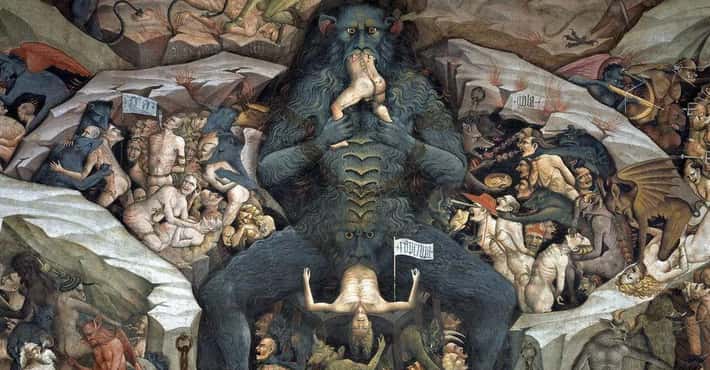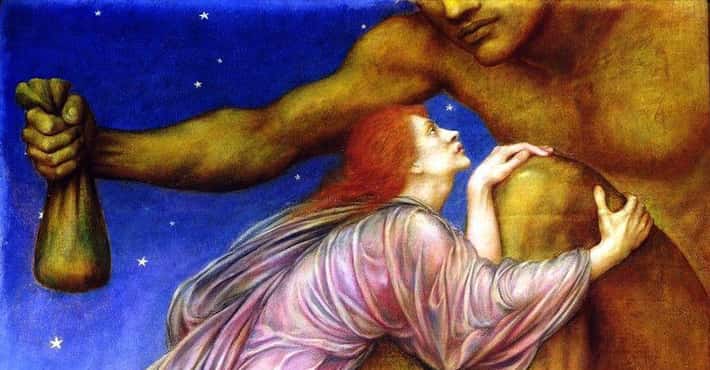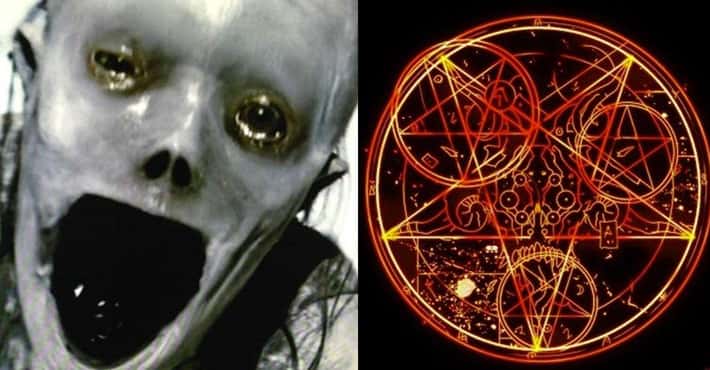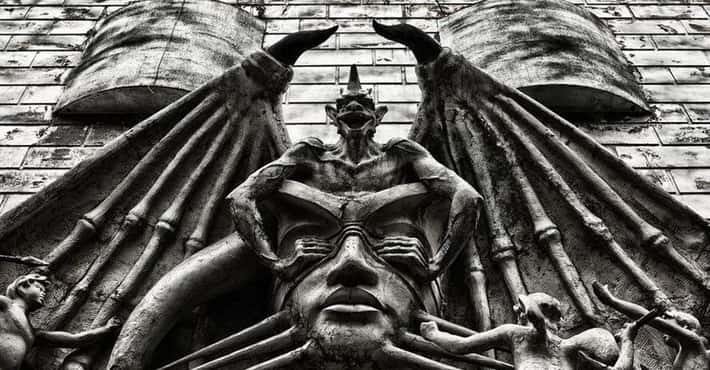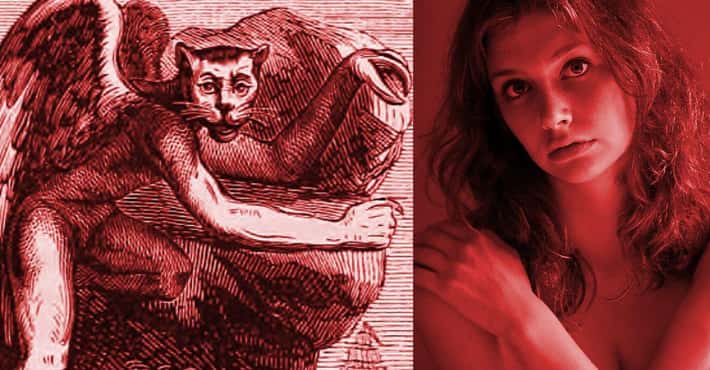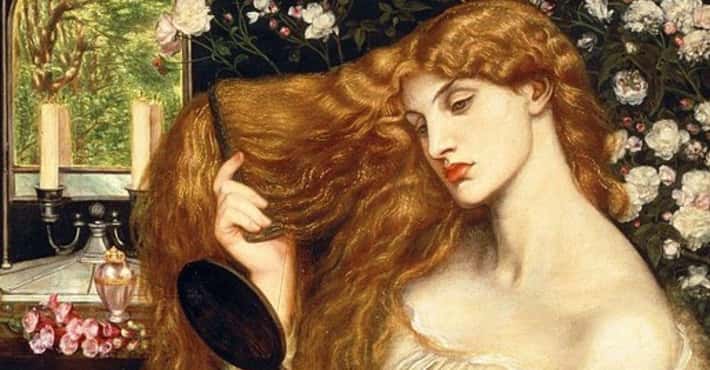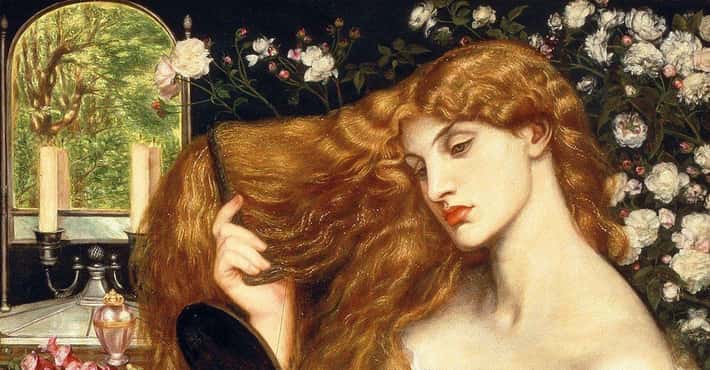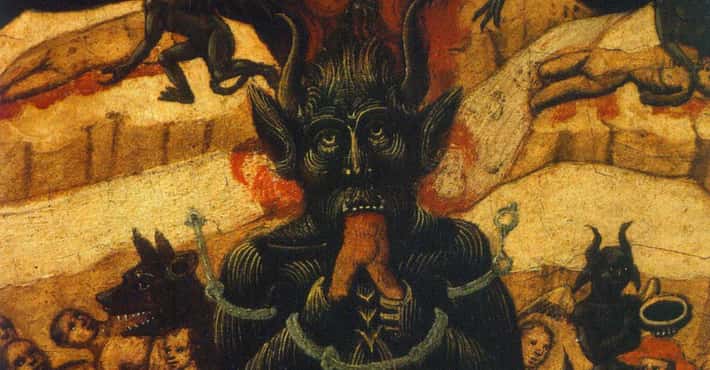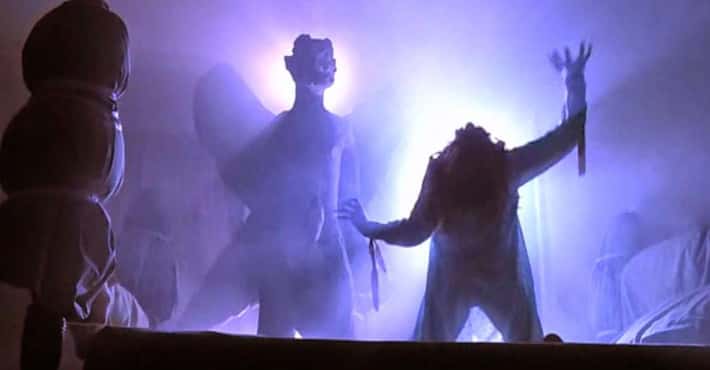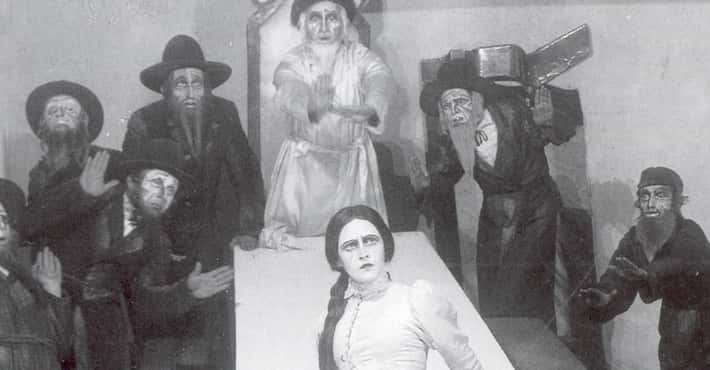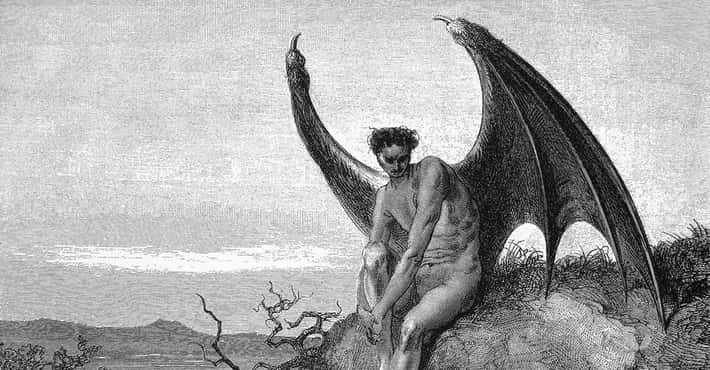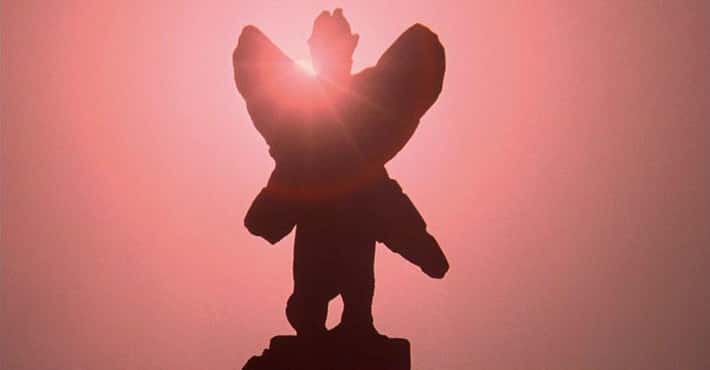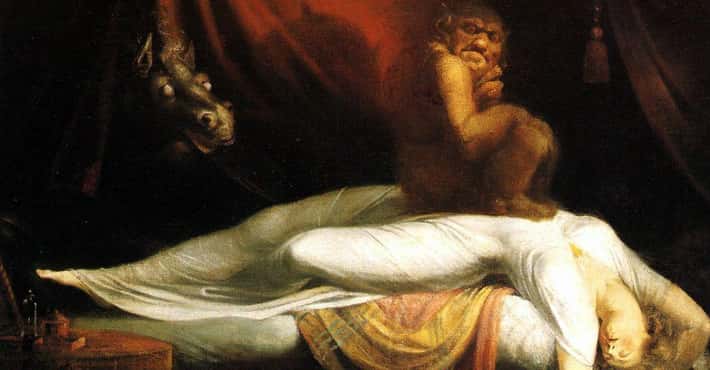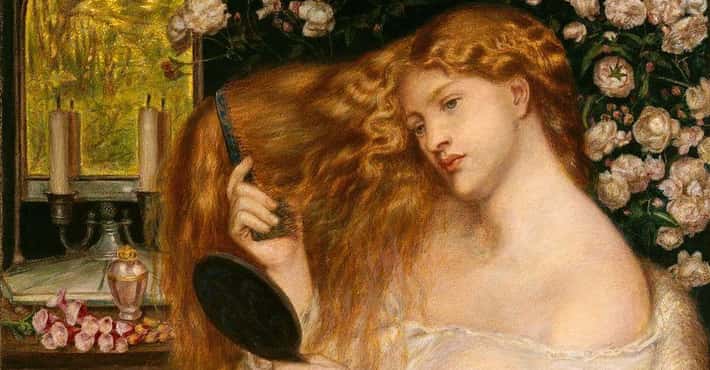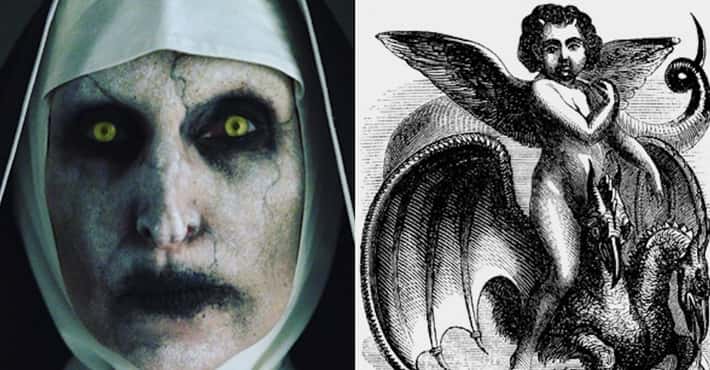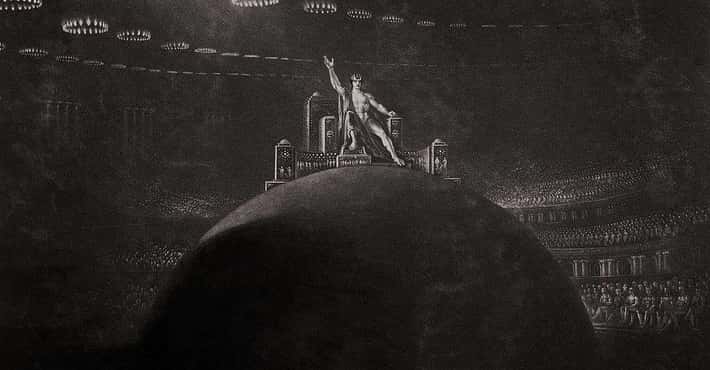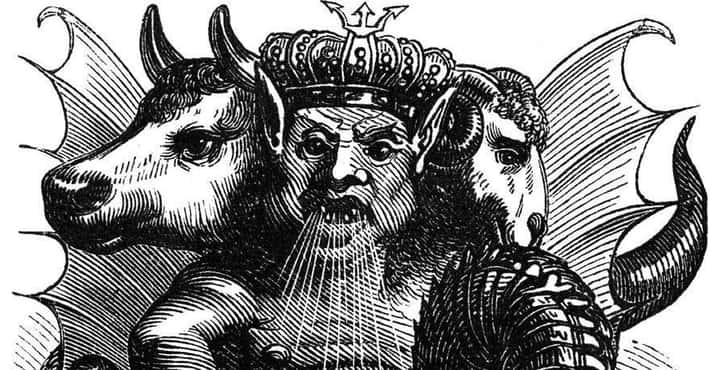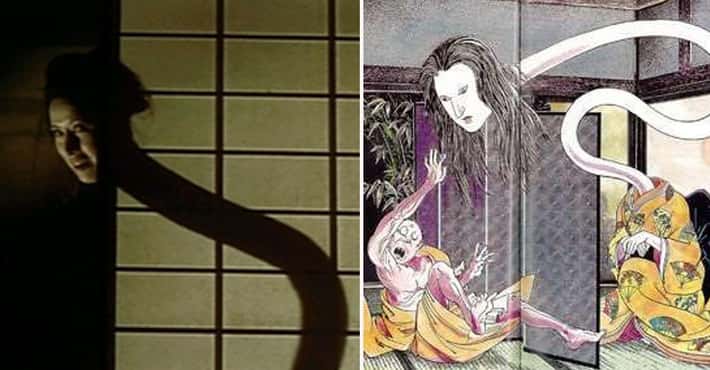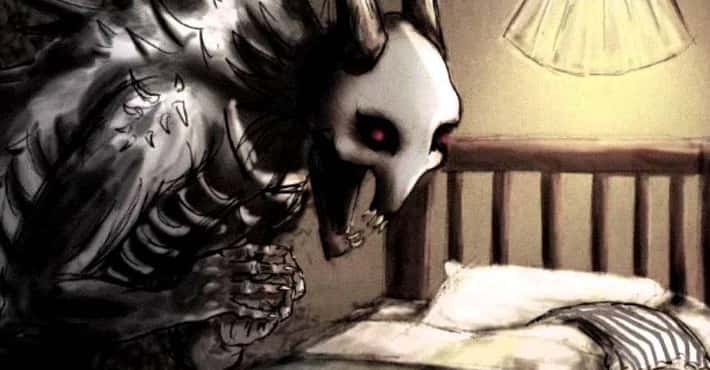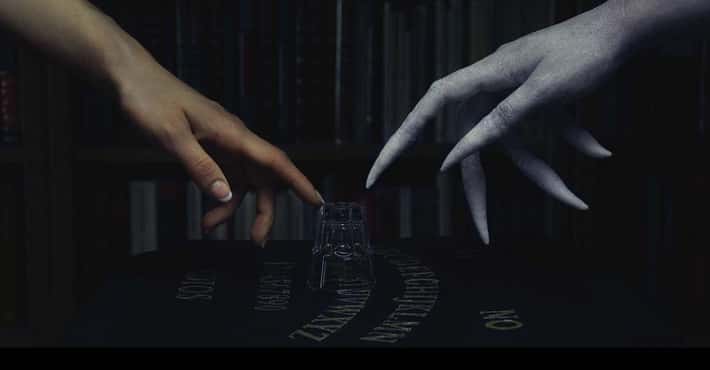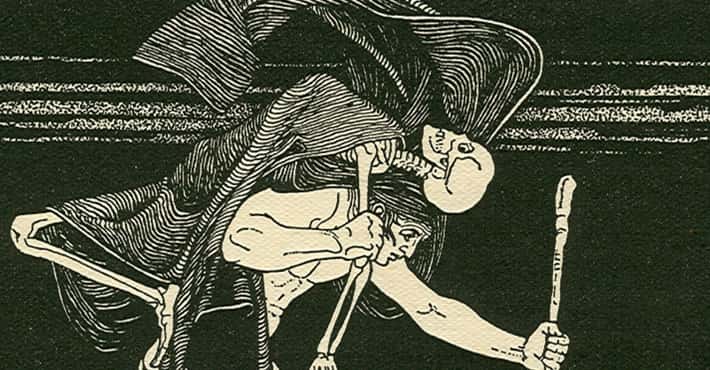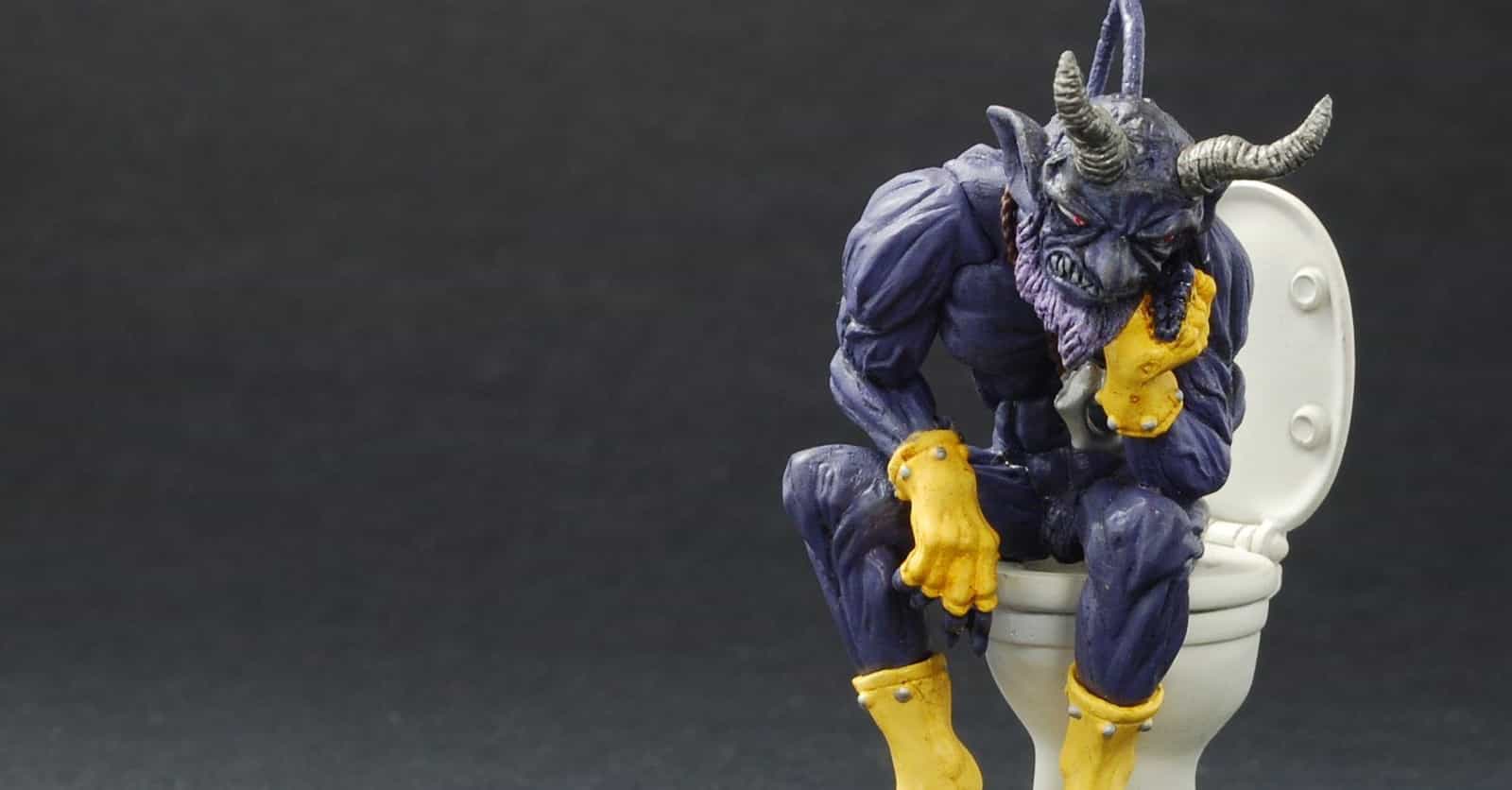
Did You Know You’re Honoring One Of Hell’s Seven Princes Every Time You Use The Toilet?
Belphegor Prefers Offerings Of Feces
Photo: H - - J / flickr / CC BY-NC-ND 2.0Some gods want virgins or lambs or goats, some gods want excrement. Such is the case with Belphegor, whose preferred offering is feces. "Pe'or," as in the Hebrew root of Baal-Peor or Belphegor, is usually translated as "opening." Rashi, a French rabbi who wrote commentary on the Old Testament said: "Peor was so named because before it they bared their anus... and relieved themselves. This was the manner of its worship." Quite the visual image there, Rashi.
Pretty Much Everything We Know About Belphegor Comes From An 1818 Book
Photo: J.A.S. Collin de Plancy / Wikimedia Commons / Public DomainBelphegor wasn't always a meaningful demon, or even in the forefront of anyone's mind, until Jacques August Simon Collin de Plancy wrote Dictionnaire Infernal in 1818. In it, he only briefly mentioned Belphegor (three lines!). However, he revised the text in 1863, and included the woodcut of Belphegor on a toilet as elegantly depicted here. Every reference to Belphegor borrows heavily or blatantly plagiarizes de Plancy, who took what the Bible set about Moab and Baal/Baalphegor and tied it into other mythologies.
Belphegor's Prime Is Associated With A Mysterious Manuscript
Photo: Beinecke Rare Book & Manuscript Library, Yale / Wikimedia Commons / Public DomainBelphegor's Prime is not only a prime number, but also a palindrome. It begins and ends with 1, and 666 is in the middle: 1000000000000066600000000000001.
The symbol for this demonic number is an upside-down Pi. It's not so much that the prime number itself is mysterious, but its symbol definitely is. It was first seen in the Voynich Manuscript, which is a large book written entirely in a code that appears to be one of a kind and has kept historians and scientists stumped for years. It includes astrology, plants, naked women, and plenty of other weirdness. The 600-year-old tome is understood by absolutely no one - even the most elite Voynich scholars don't even know what language it was written in before it was put into a cipher - and recent attempts to crack the code using artificial intelligence haven't worked.
Of The Seven Deadly Sins, He's Usually Sloth
Photo: Pieter van der Heyden / Wikimedia Commons / Public DomainThough Belphegor has taken many forms throughout history and been associated with many different sins, he is most often seen as the demon of sloth. This could mean that he tempts mankind to be lazy, but one church father, Thomas Aquinas, felt that sloth was the root of other sins as well. Ignorance, in Aquinas's mind, was a result of laziness.
Belphegor Came To Earth In The First Place For A Strangely Simple Reason
Though he may be a fearsome demon and one of the Seven Princes of Hell, Belphegor originally came to Earth for a simple and somewhat bucolic reason. Hades sent Belphegor up from Hell to learn if married happiness was a real thing. Yes, the Prince of Hell and guardian of Sloth simply wanted to know if people could be happily married. The demons in Hell had heard that married happiness was possible, but knowing what they did about the dark side of human nature, it seemed rather unlikely to them.
And perhaps not surprisingly, Belphegor discovered that no, married happiness was not a real thing. It was only a rumor.
Belphegor Comes From Baal-Peor In The Bible
Photo: Wikimedia Commons / CC BY 4.0The Moabites worshipped Baal-Peor, which eventually became the name Baalphegor, and he is mentioned several times in the Bible. In the book of Numbers, the Israelites copulated with Moabite women and sacrificed to Baal-Peor, resulting in Moses ordering that all 24,000 of them be killed. Hosea 9:10 says: "...they came to Baal-peor and devoted themselves to shame, and they became as detestable as that which they loved."
Belphegor Has Been Depicted Several Different Ways
Photo: Martin Schongauer / Wikimedia Commons / Public DomainBelphegor has been depicted in several ways throughout history; sometimes, he is even shown as a young girl or naked woman. Belphegor has often depicted in masculine symbols like the phallus, cone, pillar, or tree branch, but he's also been shown as a more classic demon, with a beard, horns, and talons.
Belphegor Literally Means "Lord Of The Opening"
Belphegor, which means "Lord of the Opening" when translated from Hebrew (Baal = Lord, Peor = Opening), is sometimes seen with his mouth wide open. Some also translate it from "Phegor," meaning "crevice" or "split." This translation makes sense, considering that Belphegor was worshiped in caves. Those who presented offerings to him would throw them through a hole in the cave - it's not clear if anyone was throwing offers of excrement or not.
If You Want To Conjure Belphegor, Good Luck
Photo: Gustave Dore / Wikimedia Commons / Public DomainIf you want to conjure Belphegor, you're going to need a lot of poop. For this reason, Belphegor is said to be hard to summon, but if you do manage to rouse him, Belphegor can bring you money and the wherewithal to discover and invent new things. Ultimately, Belphegor brings you to the dark side with the promise of money - but only if you give him enough poop.
Belphegor's Rise To A Princely Title Was Unexpected
Though Belphegor is now seen as one of the Seven Princes of Hell, referenced by John Milton and Victor Hugo, he wasn't always one of the top demons - or a demon at all, actually. Though he was mentioned in the Bible in the tales of the Moabites, he's only mentioned a few times (Numbers 25:1-3, Numbers 25:5, Numbers 25:18, Numbers 31:16, Hosea 9:10, Psalms 106:28-29, and Deuteronomy 4:3). So how did Belphegor come to mean so much more in modernity?
To put it very simply, Christians wanted to put demons in Hell to make it scarier - and the easiest way to do that was to reimagine the gods of what they saw as pagan religions. Though this isn't always true, some Christians saw (and still see) those who worship something other than the Christian God as worshipping demons.
Belphegor Is The Ambassador To France
Photo: Caravaggio / Wikimedia Commons / Public DomainIn de Plancy's Dictionnaire Infernal, he says that Belphegor is Hell's ambassador to France, and that Belphegor's main enemy is Mary Magdalene, who is one of France's saints. There are many churches in France devoted to Mary Magdalene; legend says that Mary Magdalene actually started a church in Saint Baume in the South of France.
It's unclear if being an Ambassador from Hell carries any real responsibilities, but we'll let you know if we find a job description posted.
The Seven Princes Of Hell Correspond With The Seven Archangels
Photo: Marcantonio Raimondi / The Metropolitan Museum / Public DomainThough demonology isn't a hard and fast science, most people consider Peter Binsfield's 1589 guide to demons as the one to trust. In it, he lists the Seven Princes of Hell as Lucifer (pride), Mammon (greed), Asmodeus (lust), Satan (wrath), Beelzebub/Baal (gluttony), Leviathan (envy), and Belphegor (vanity and sloth).
The seven Archangels don't line up with the seven deadly sins, but they are nevertheless associated with certain qualities. Michael, sometimes seen as the leader of the angels, is the angel of protection, righteousness, mercy, and justice. Raphael is the angle of healing, peace, and travel. Gabriel is the messenger, who brings God's word to inspire writers, teachers, and other creatives; Gabriel is also associated with fertility and children. Jophiel is the angel of beauty and works with artists. Ariel is the saint of animals, the environment, and natural resources. Azrael is the angel of death, helping souls transition into the afterlife; he also helps the grieving. Chamuel has many different purposes, among them peace, protection, strength, and finding purpose in life.


